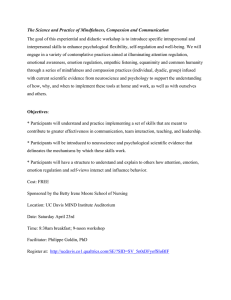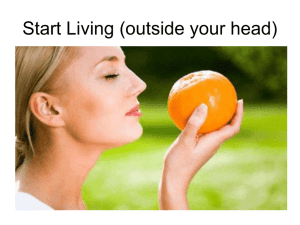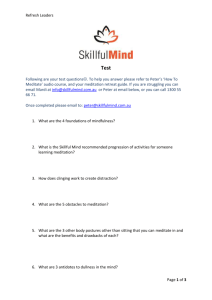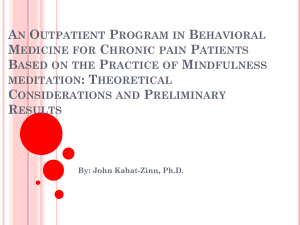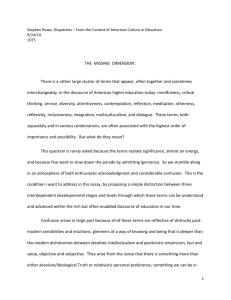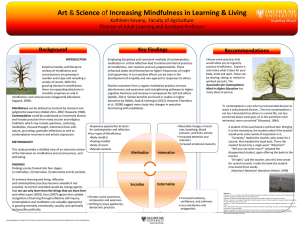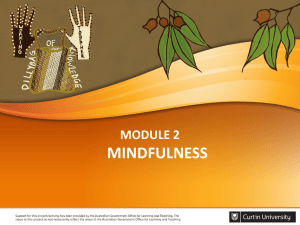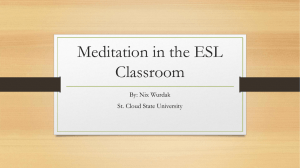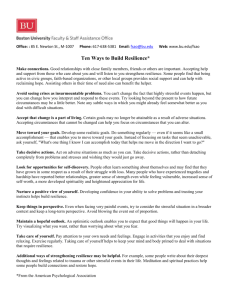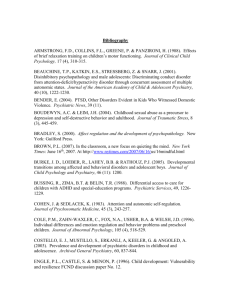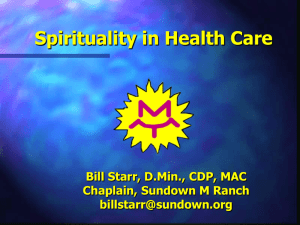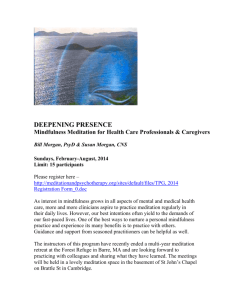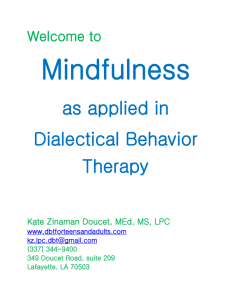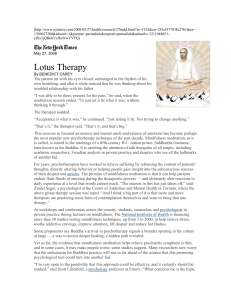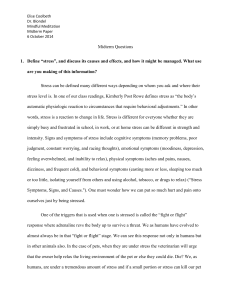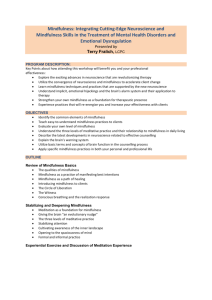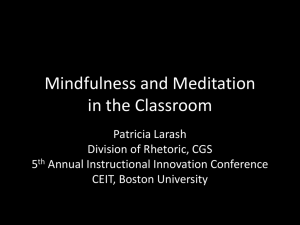Mindfulness and Distraction: Using computational models to explore
advertisement
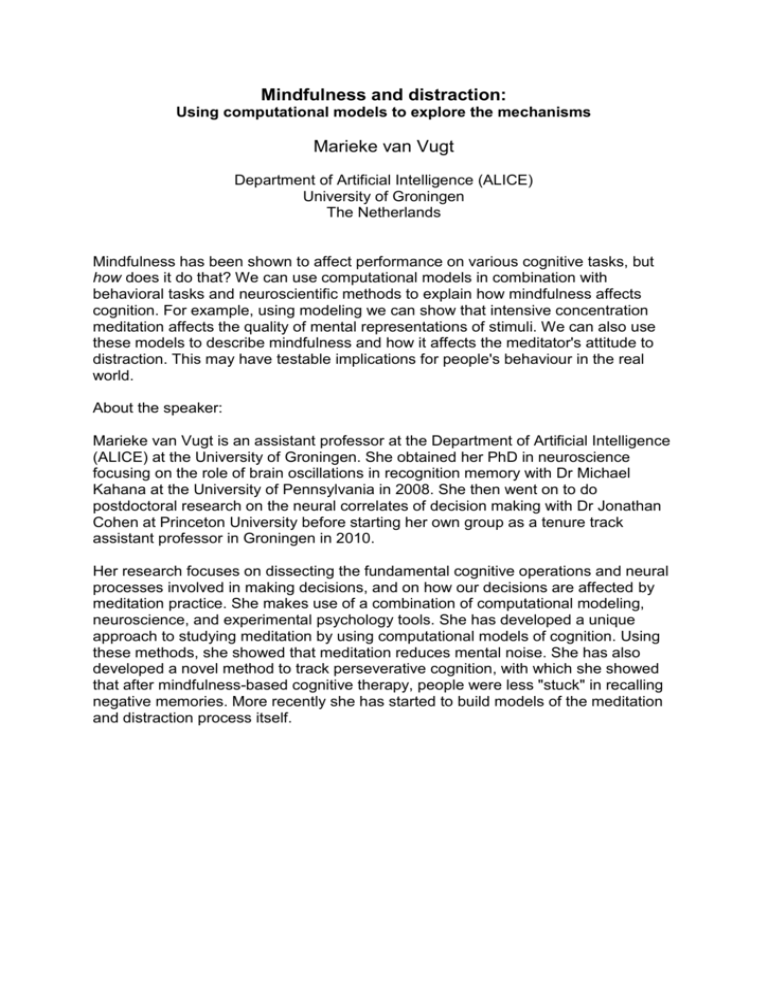
Mindfulness and distraction: Using computational models to explore the mechanisms Marieke van Vugt Department of Artificial Intelligence (ALICE) University of Groningen The Netherlands Mindfulness has been shown to affect performance on various cognitive tasks, but how does it do that? We can use computational models in combination with behavioral tasks and neuroscientific methods to explain how mindfulness affects cognition. For example, using modeling we can show that intensive concentration meditation affects the quality of mental representations of stimuli. We can also use these models to describe mindfulness and how it affects the meditator's attitude to distraction. This may have testable implications for people's behaviour in the real world. About the speaker: Marieke van Vugt is an assistant professor at the Department of Artificial Intelligence (ALICE) at the University of Groningen. She obtained her PhD in neuroscience focusing on the role of brain oscillations in recognition memory with Dr Michael Kahana at the University of Pennsylvania in 2008. She then went on to do postdoctoral research on the neural correlates of decision making with Dr Jonathan Cohen at Princeton University before starting her own group as a tenure track assistant professor in Groningen in 2010. Her research focuses on dissecting the fundamental cognitive operations and neural processes involved in making decisions, and on how our decisions are affected by meditation practice. She makes use of a combination of computational modeling, neuroscience, and experimental psychology tools. She has developed a unique approach to studying meditation by using computational models of cognition. Using these methods, she showed that meditation reduces mental noise. She has also developed a novel method to track perseverative cognition, with which she showed that after mindfulness-based cognitive therapy, people were less "stuck" in recalling negative memories. More recently she has started to build models of the meditation and distraction process itself.

